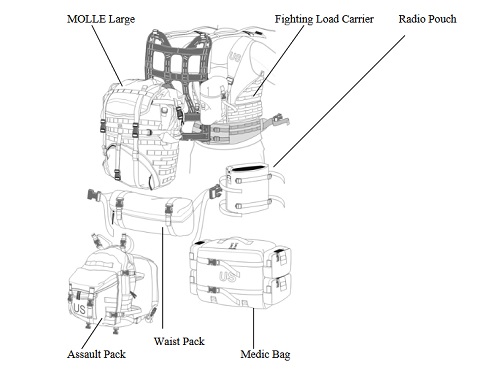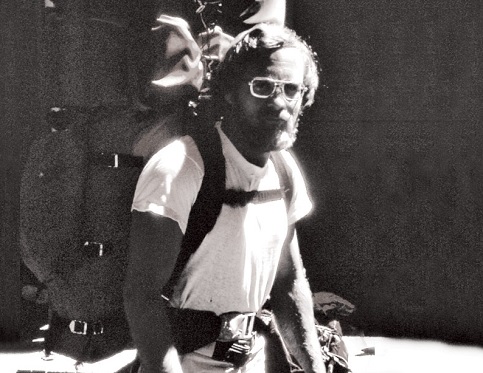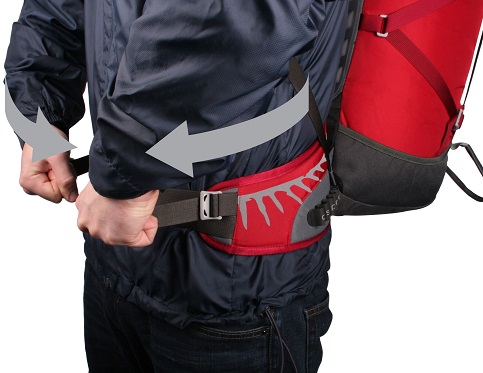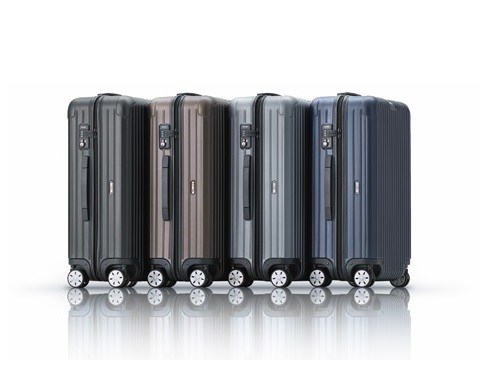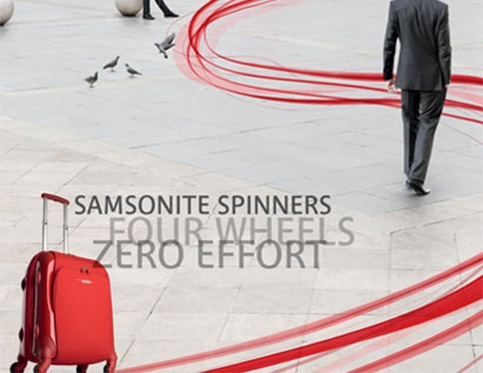Hall of Fame Finalists: Fourth Annual Carry Awards
There’s a lot of sameness and similarity in the carry world, and to push beyond it takes time and perseverance. But the effort is worth it when true innovation is created. Our Hall of Fame this year is reserved for the game-changers who broke the mould and declared “Let’s do it differently” – and our finalists are all worthy of lasting recognition for changing carry for the better.
Log your vote at the bottom of the page!
_________________________________________________________
First MOLLE
MOLLE (Modular Lightweight Load-carrying Equipment) was developed at the U.S. Army Natick Soldier Systems Center (NSSC) to replace the ALICE system previously used by the armed forces. Manufactured by Specialty Defense Systems Inc. and designed to offer multiple attachment points for improving load distribution, the system introduced a contoured plastic MOLLE frame and a new suspension system with shoulder straps and a waist belt that were heavily padded and adjustable. MOLLE was introduced in 1997 but used widely from 2001. The system enables customizable carry setups with equipment such as larger and smaller packs, a modular vest and pouches, and utilizes rows of PALS (Pouch Attachment Ladder System) webbing to attach MOLLE-compatible gear.
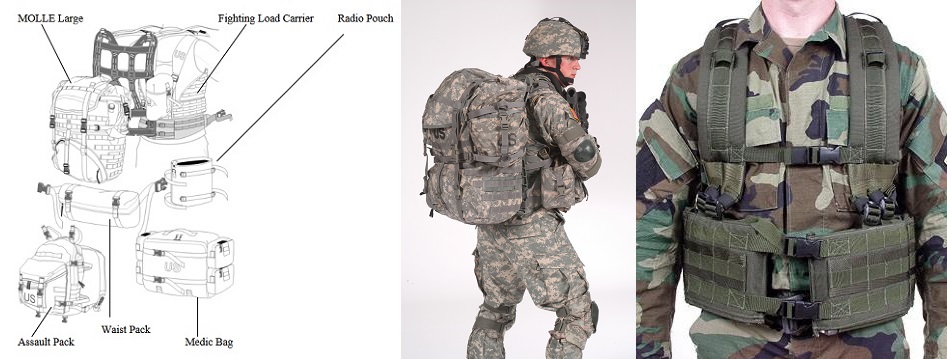
_________________________________________________________
First Internal-Frame Backpack
The year: 1967. The location: Greg Lowe’s garage in Colorado. What was Greg doing in his garage? Only making one of the most significant contributions to backpack carry in recent history. He may be known as the founder of Lowepro and Lowe Alpine, but he also deserves recognition for creating the first internal-frame backpack. The innovative design, which kept the pack close to the back and decreased load shifting, paved the way for the widescale adoption of internal-frame packs over external-frame packs.
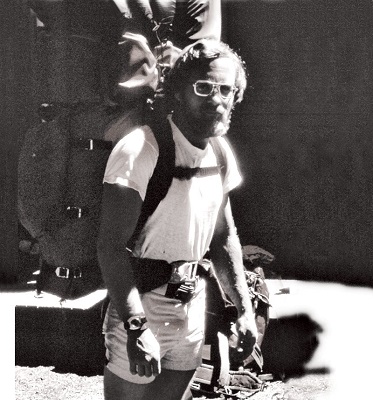
_________________________________________________________
Osprey ErgoPull™ hipbelt closure
There were sighs of appreciation – and comfort relief – all round when Osprey released their ErgoPull™ hipbelt closure in 1998. Why? The design provides the user with additional leverage to cinch down the hipbelt, while also directing tension along the top and bottom (rather than the center) of the belt. This leads to a more even distribution of pressure over the hipbelt’s padding and also decreases pressure on the user’s hip bones. See it in action here.
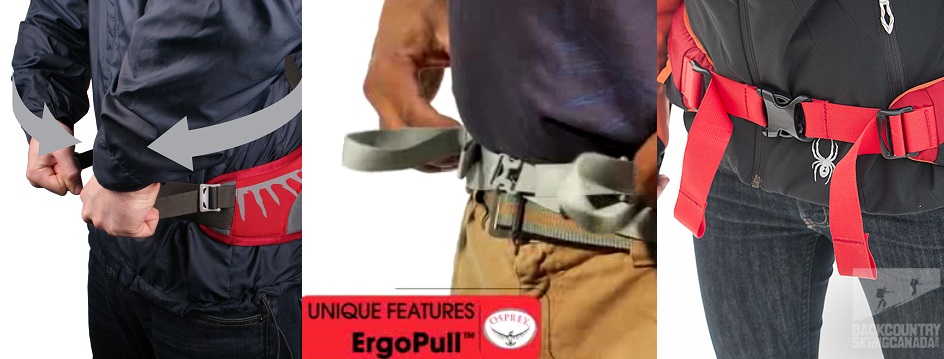
_________________________________________________________
First Polycarbonate Suitcase
Polycarbonate luggage may be widespread now, but back in 2000 the polycarbonate Rimowa Salsa strutted its stuff for the first time, and people took note. The first suitcase to be constructed out of the material, it made travel significantly easier and more enjoyable through a combination of appealing properties. Hard-wearing and resistant to impact, polycarbonate offered solid protection – and then sweetened the deal with its light weight, making it a great material for demanding and weight-restricted travel carry.
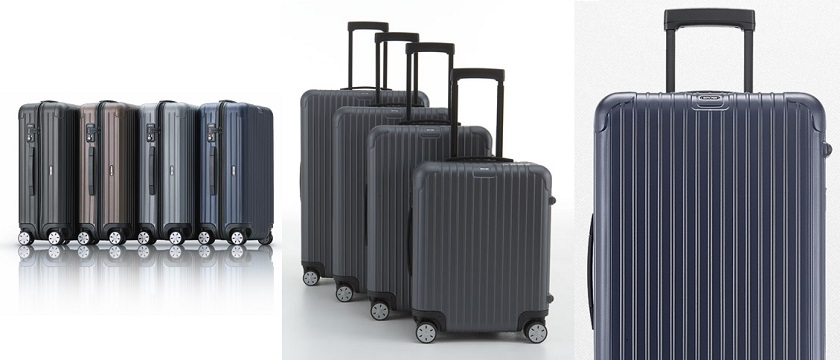
_________________________________________________________
First Four-Wheel Spinner
When the first four-wheel spinner rolled onto the carry scene in 2004, it revolutionized luggage, enabling easy pushing and pulling to suit different needs. The brand behind the spark of genius was Samsonite, who introduced it in their Silhouette line. Offering enhanced stability and mobility, the design allowed travelers to move like never before.

_________________________________________________________





 Carry Awards
Carry Awards Insights
Insights Liking
Liking Projects
Projects Interviews
Interviews
